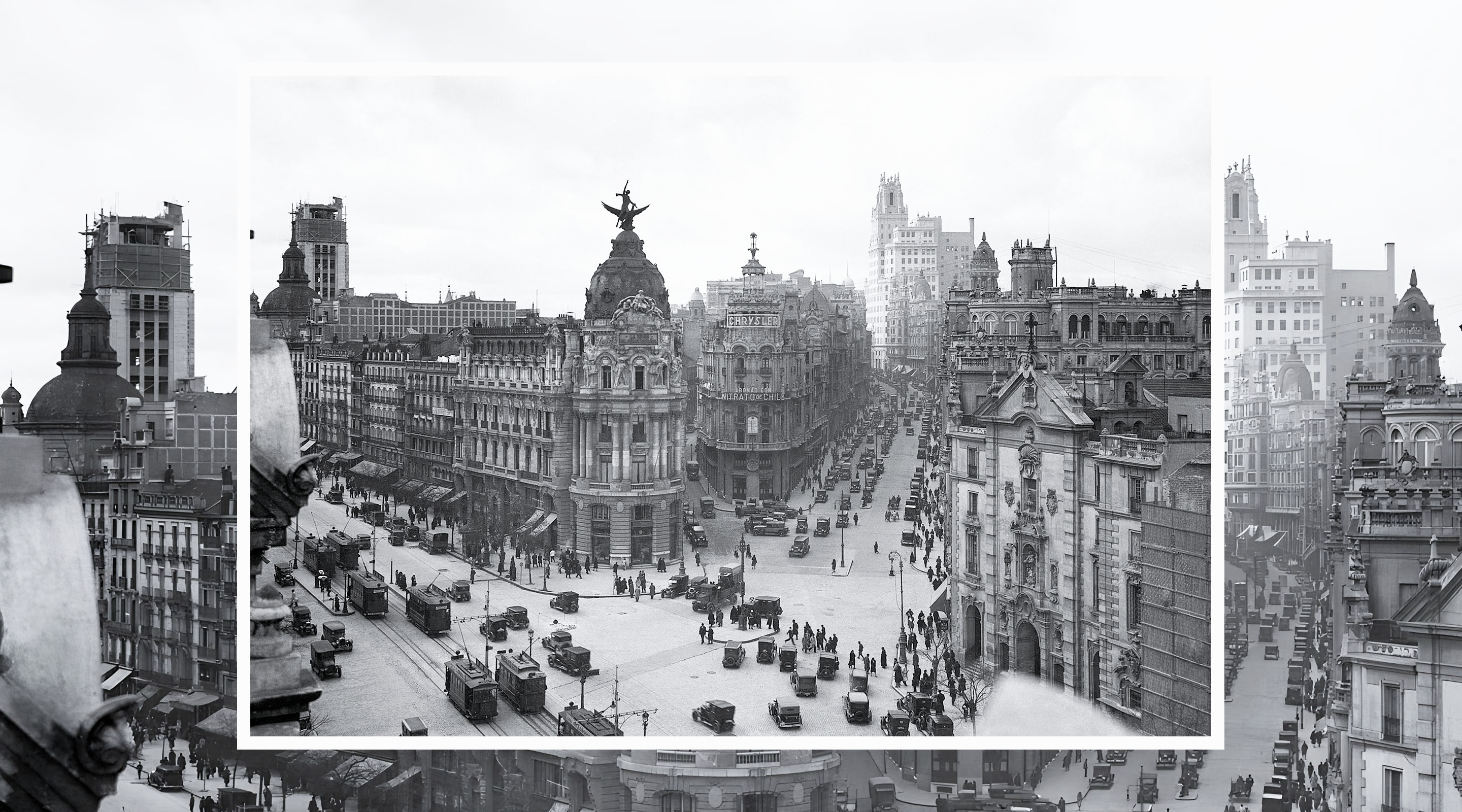
1929
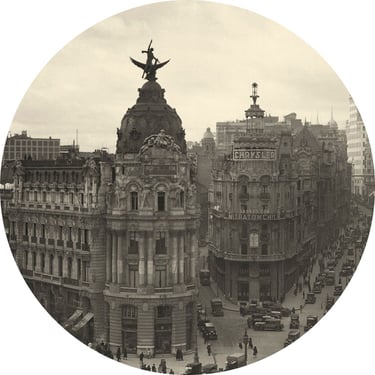
The CTNE moves to what will be its home for the next 80 years, Gran Vía 28. One of the first skyscrapers in Europe and an emblematic building in Madrid to this day.
Gran Vía 28, the first skyscraper in Europe
01
In July 1929, the CTNE headquarters opened its doors in the heart of Madrid. It only took three years to put up what would be, when inaugurated, the tallest building in Europe and for 25 years, the tallest in Madrid. With a height of almost 90 metres, 13 floors, a Gothic façade and an industrial concept floor plan, the building designed and built by the architect Ignacio de Cárdenas is one of the jewels of early 20th century architecture and represented a revolutionary change. It was the first time a metal structure was used in Spain (calculated in New York and built by Altos Hornos de Vizcaya) and its construction was pioneered by the use of an internal structure of wrought iron, which meant that it had no load-bearing walls. The office building, where the "cable girls" were already working from the very beginning, connecting people's lives, also housed an automatic telephone exchange with an initial capacity of 40,000 lines. Since then, the telephone service has never ceased to be operational, even during the Civil War. At a time when, in addition, our headquarters served to protect 2,000 refugees in its cellars. Such was its influence at the time that a replica of the building was built in Havana, the headquarters of the Cuban Telephone Company. The Telefónica building has been and continues to be a witness and protagonist of our history. And today, a place of meetings and experiences, it continues to show all its innovation and capacity for transformation.
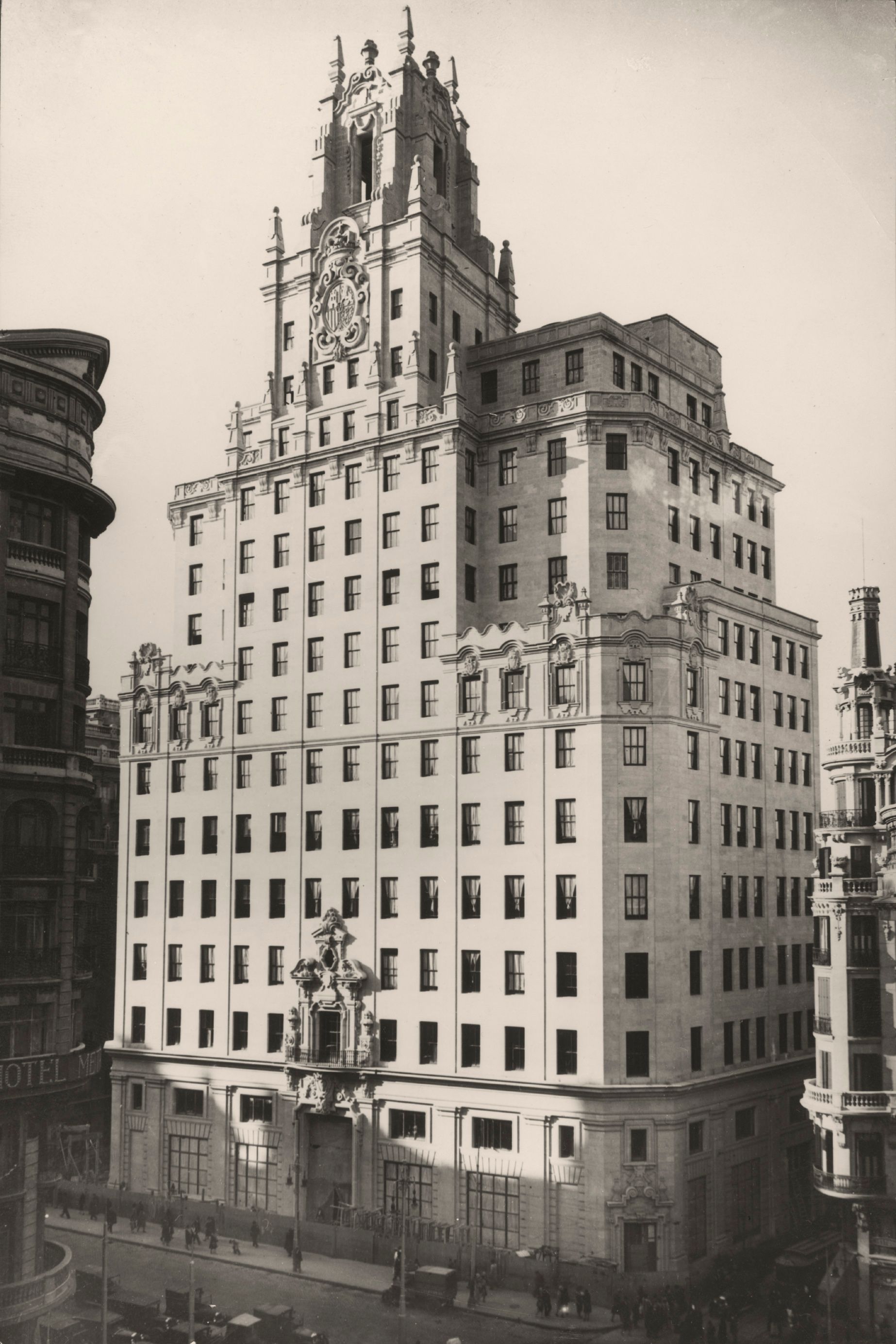
Spain is the European country with the highest percentage of automatic lines and telephones in its network
02
Telefónica demonstrated its spirit of service by putting Spain at the forefront of the most advanced automatic switching technology in Europe. In February 1929, the press reported that Spain was the European nation with the highest percentage of automatic lines and telephones in its network, well ahead of France and Germany. When, in October 1928, Paris commissioned the first automatic urban exchange with Rotary switching technology, Spain could boast that before that date, the CTNE had already installed automatic urban exchanges of the same type and buried the cables in five cities: Santander, Madrid, Barcelona, Malaga and Zaragoza. In fact, in the same month of October, Barcelona inaugurated the largest automatic urban network in Europe. Moreover, this year, we had a great opportunity to show the world the excellence of our telephone service and to put Spain in a very good position. In July 1929, taking advantage of the two major international exhibitions (the Ibero-American in Seville and the Universal Exhibition in Barcelona), a meeting of the Council of the League of Nations was convened in Madrid, with guests from fourteen countries. We made a big effort to ensure that the automatic service was available in all the necessary places, both in the Senate Palace, the meeting place, and in the hotels where they were staying. And the 5th floor of the recently completed Gran Vía building was made available for the communication of all world press correspondents. The dissemination was a success.
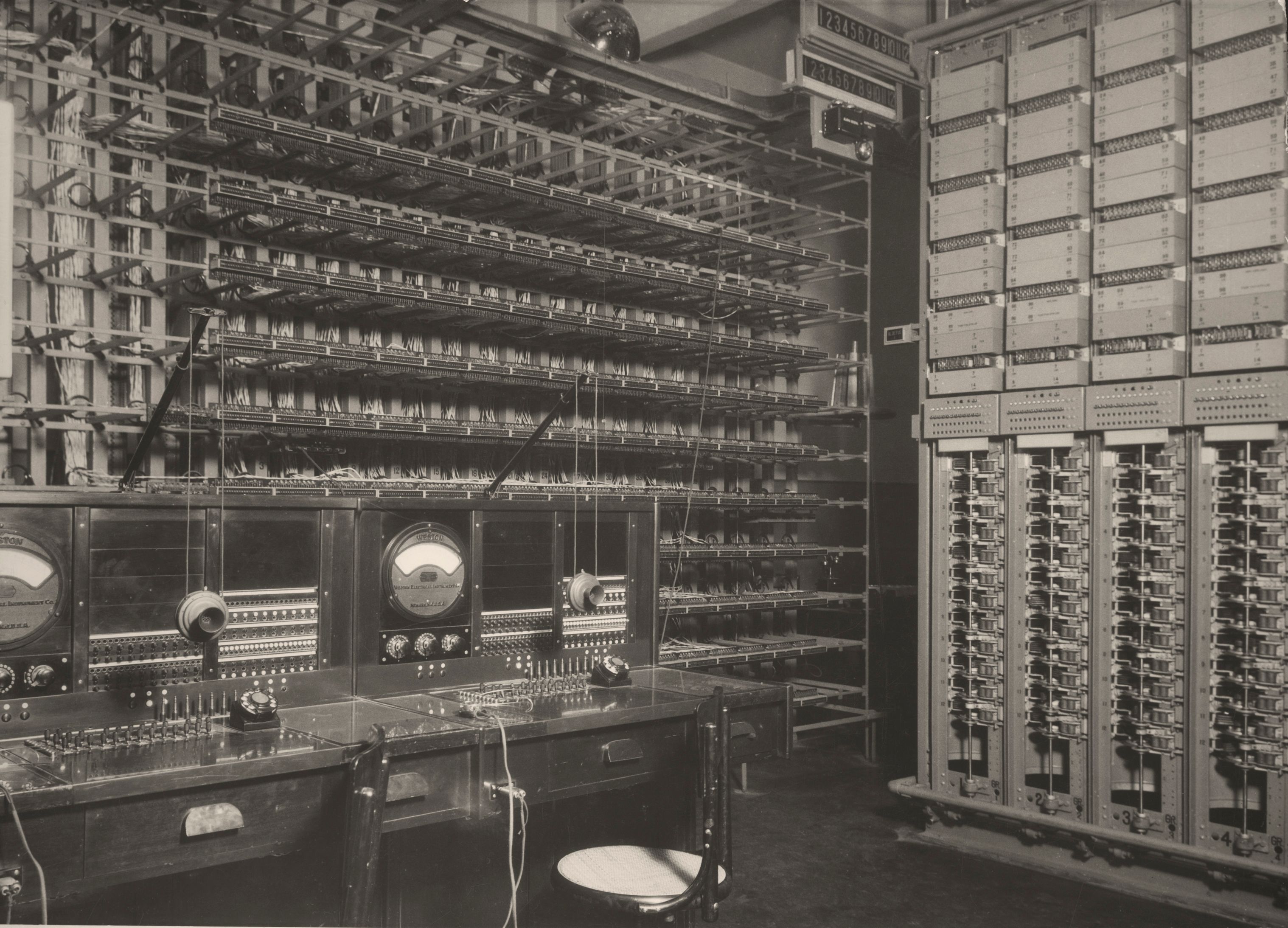
Buenos Aires, Montevideo and Seville, united by telephone
03
In 1929 the CTNE established its first own radio link between America and Europe, of great length, as it put Spain and Argentina in direct communication by means of six simultaneous channels. The inauguration took place on 12 October 1929, with a conference between Buenos Aires, Montevideo and Seville, from the headquarters located on the site of the Ibero-American Exhibition. Beyond this inaugural event, the new service allowed Telefónica's subscribers to be connected "as a single network" with those of Unión Telefónica in Argentina and Cooperativa Nacional de Teléfonos in Uruguay.
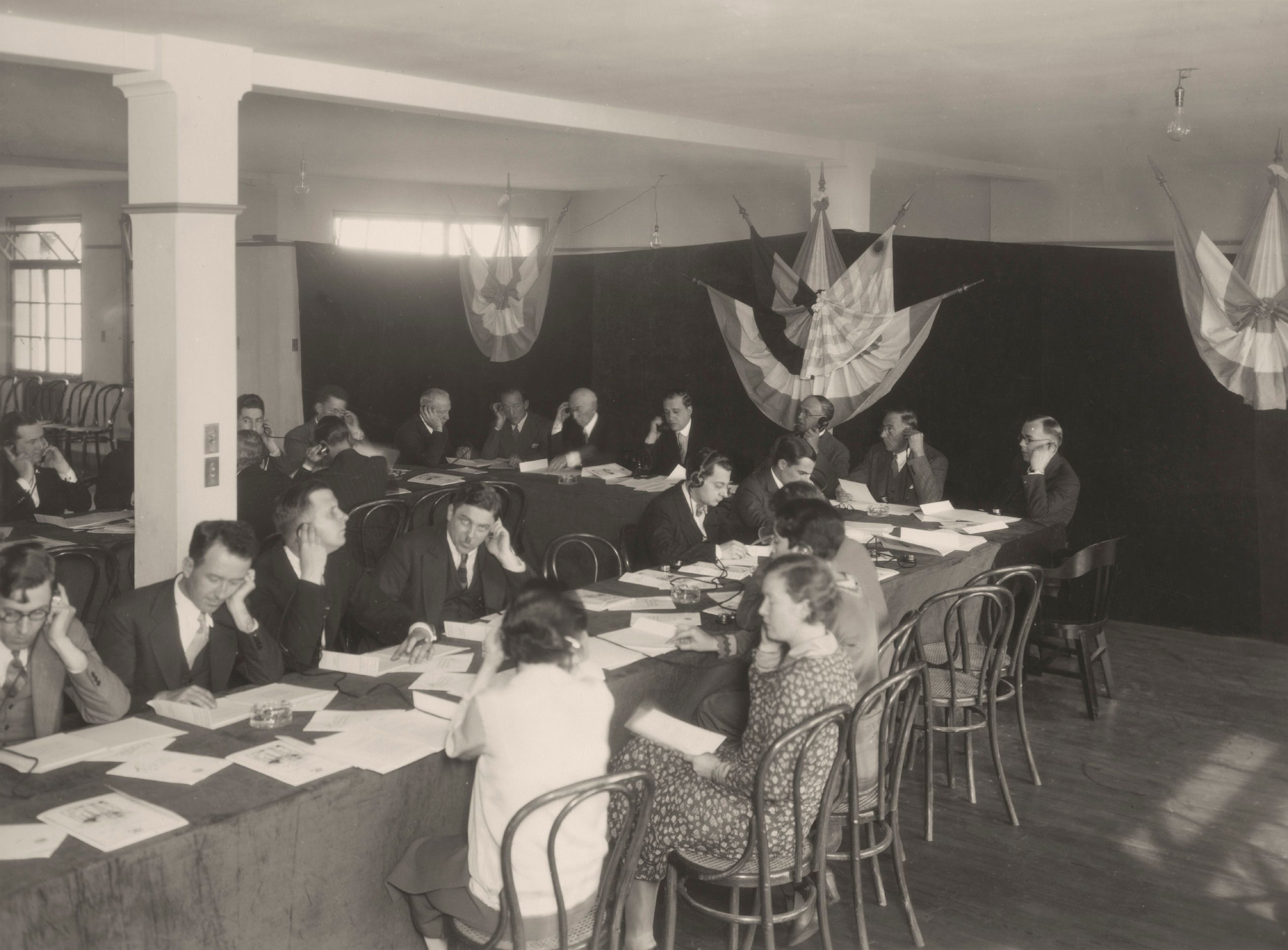
A unique donation arrives: the telephone that made the first call in Spain
04
In 1929, the company received a unique donation: a wonderful Gower-Bell model telephone, which belonged to the family of a man from Extremadura who made history: Mr Rodrigo Sánchez-Arjona. This rich landowner, a man of the avant-garde, a resident of Fregenal de la Sierra, in the province of Badajoz, made the first call in Spain, long before the CTNE was born, in 1880. Sánchez-Arjona, aware of the advances of his time, acquired Bell telephones in Paris at the end of the 19th century. On his return to his village, and after obtaining the necessary authorisation, he installed an eight-kilometre telephone line between his house and his farmhouse, achieving a historic milestone: the first telephone communication in the country. On 27 December 1880 he was able to make the first communication with Seville, something he would later do with Cadiz with the same success. The two calls were made via the telegraph line and were paid for by the entrepreneur from Extremadura. Fortunately one of these pioneering telephones in Spain, and thanks to the generosity of his descendants, is part of the museum, in Gran Vía 28.
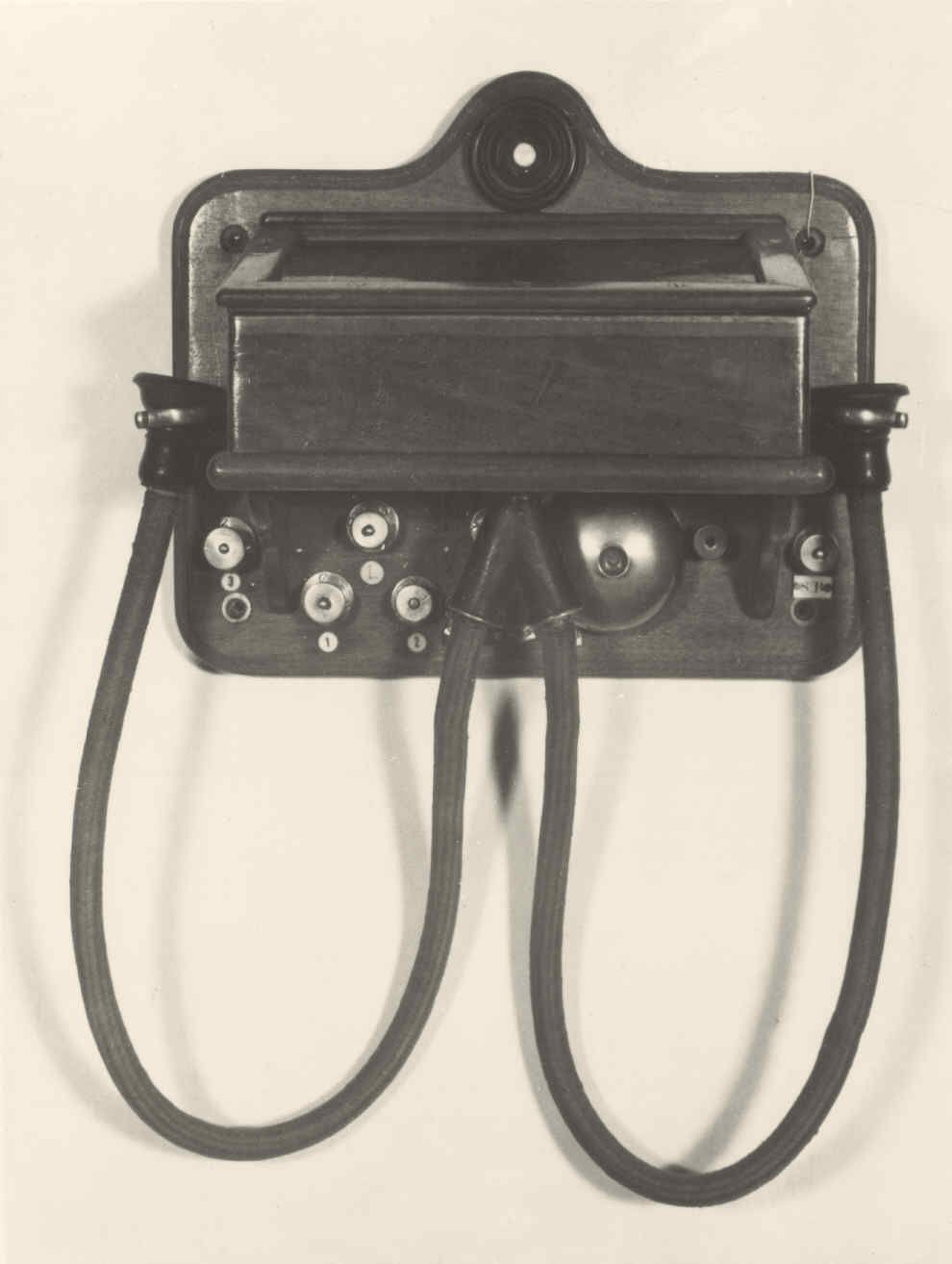
Do you have doubts about what happened?
Ask Aura